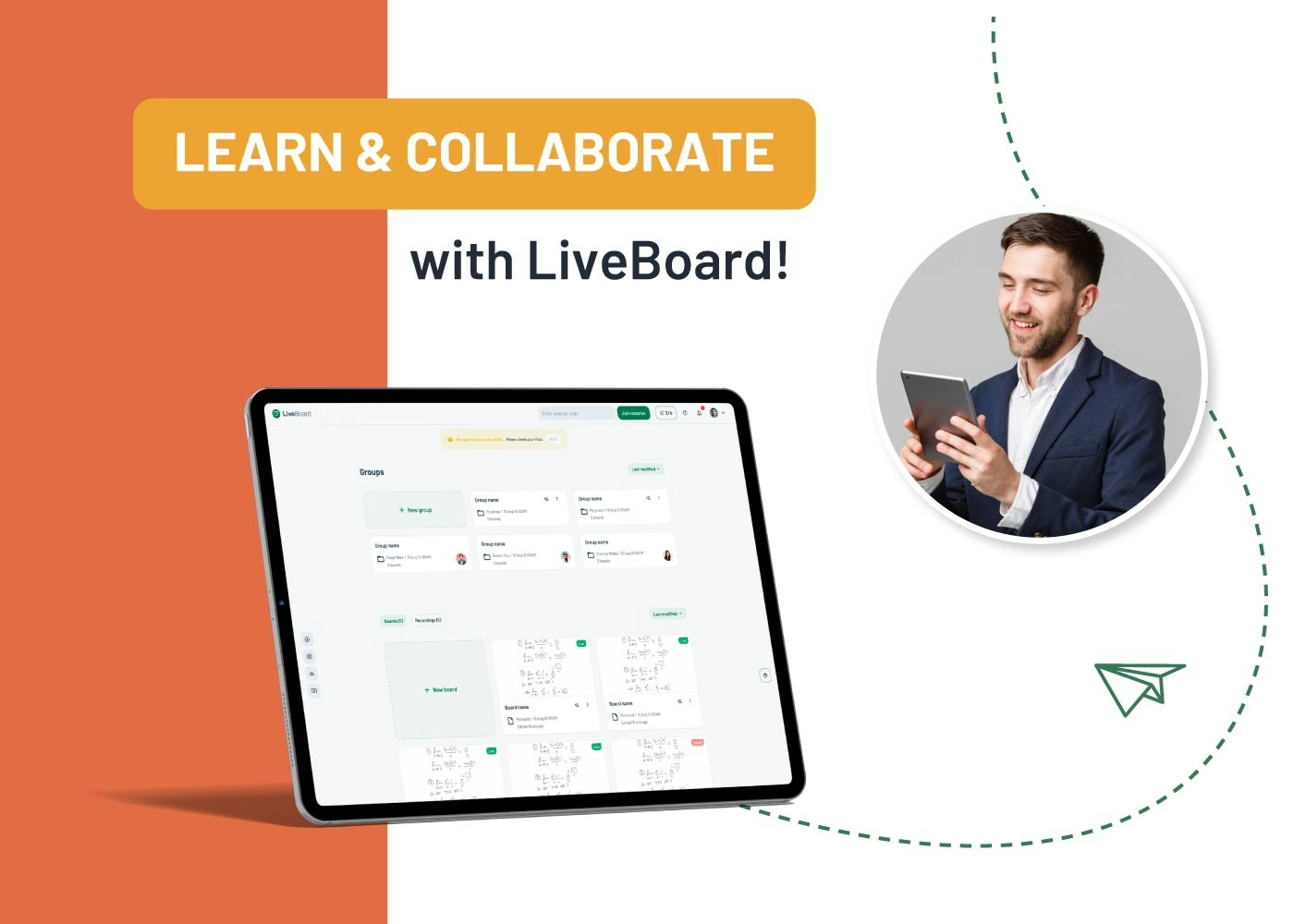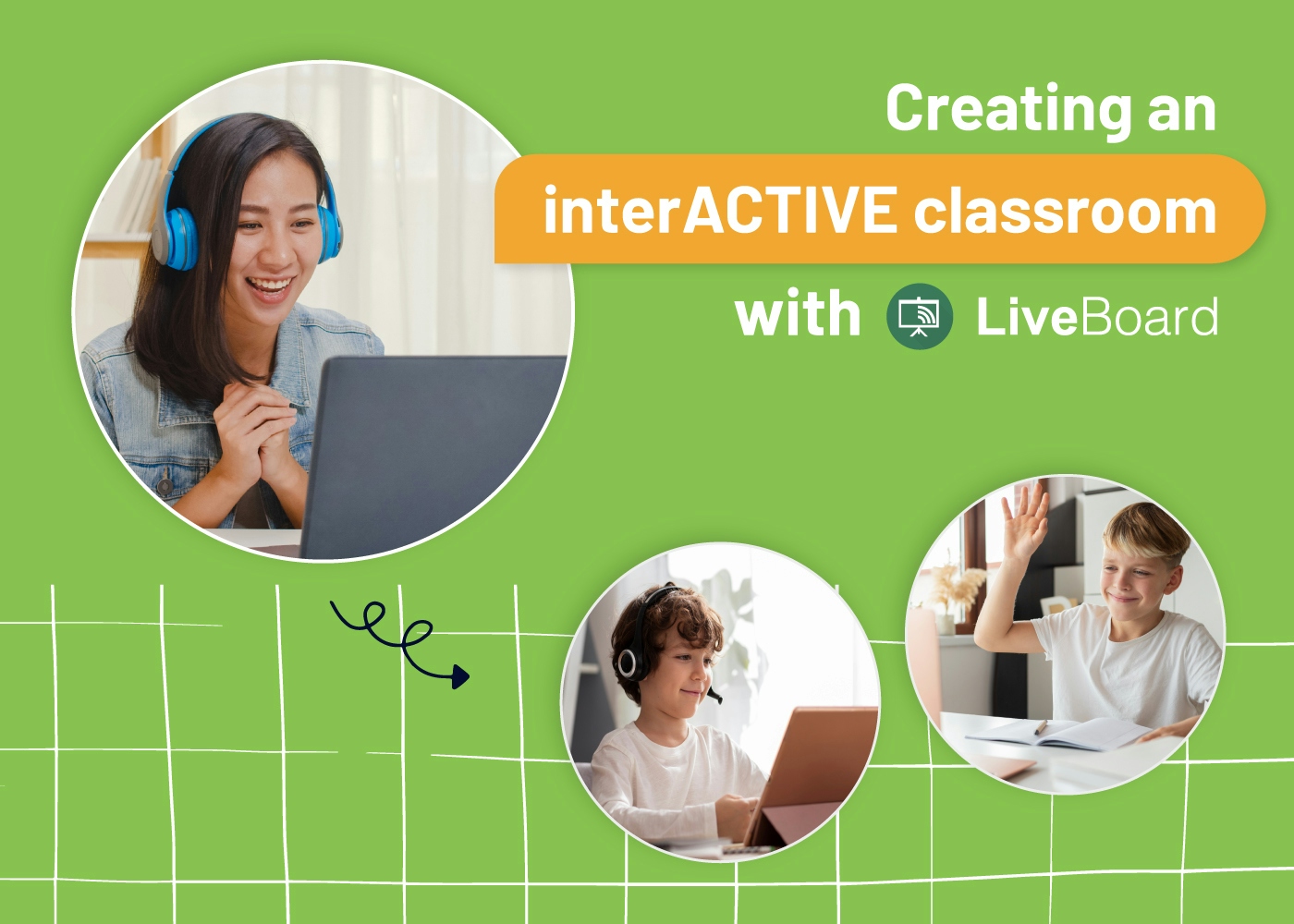Math is often seen as one of the most dreaded school subjects. Math anxiety is not a myth but a genuine ailment that affects how well students perform on this subject. This doesn’t have to be the case, though – with a little creativity teachers can keep their students excited and motivated to love math! This article contains five tips on how to do just that. Keep in mind that not every student learns the same way, so it’s good to be flexible and learn how to make math fun for everyone. Are you excited?
First, it’s important to understand that not everyone learns in the same way. There are different types of learners, meaning that some students might prefer hands-on activities while others might prefer listening to lectures. The most popular learning styles are Kinaesthetic, Visual and Auditory.
It’s essential to understand each of these learning styles and how employ them to make math fun for everyone. Let’s look at several key points concerning each style for a better understanding.
Learning Styles Explained
#1 Kinaesthetic
Kinaesthetic learners prefer to learn through movement and physical activities. This means they feel more engaged when involved in hands-on exercises and experiments. Such students have a strong tactile (touch) memory and often need to manipulate objects to understand a concept physically.
It may be challenging for a kinaesthetic learner to sit still for long periods, as is the norm in a regular class. So make sure to incorporate movement-focused activities into your lessons. For example, teachers can organize educational games or use manipulatives to help students understand new concepts.
#2 Visual
Visual learners prefer to learn through pictures, diagrams and other visual aids. This means they often need to see something depicted in some form in order to understand it.

When teaching math to visual learners, teachers need to use plenty of charts, graphs and pictures. It might also be helpful to draw diagrams on the board or use colored highlighters.
Another great strategy to help visual learners is by using spatial memory techniques. For example, the Peg Word System is a mnemonic device that uses visual associations to help remember numbers.
Here’s how it works: you associate each digit with a specific object and then visualize them in a particular order. The key is finding an association that works for each student, as some will find it easier to remember certain objects than others.
#3 Auditory
While kinaesthetic and visual learners concentrate on movement and pictures respectively, auditory learners prefer to learn through sound. Some students must hear a concept explained mostly verbally to understand it.
Several strategies can be used to cater to auditory learners. For example, teachers can use rhymes and songs to help students remember certain concepts. Additionally, recording lectures for students to listen to at home might be helpful.
That was a brief representation of each learning style. Next we will look at how to make learning math fun and explore the top five classroom activities based on this classification!
Tip 1. No More Ordinary Lessons! Instead, Give Modern Technology a Try
What’s better than making math fun while incorporating modern technology in the classroom? Using different apps and websites, teachers can make their lessons more engaging and evoke interest in students.
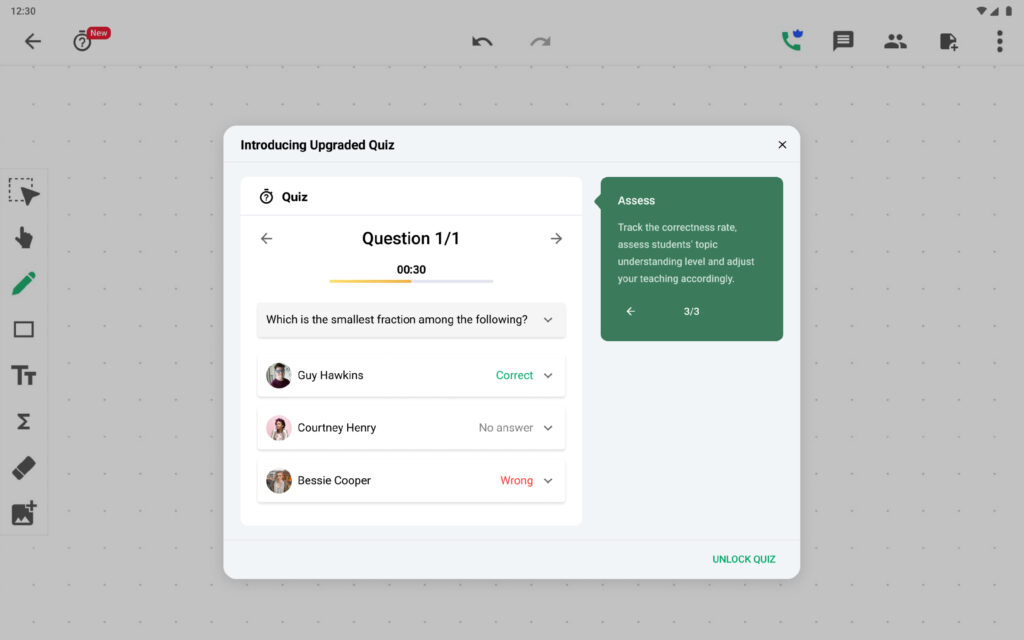
For example, creating interactive quizzes through a collaborative digital whiteboard like LiveBoard will help a teacher assess how well students understand the material. Moreover, digital whiteboards often have a variety of features like an in-built graph editor to create visually appealing diagrams, which is sure to capture students’ attention.

Another great way to use technology is to incorporate virtual reality into the classroom. This can bring math to life for students and help them understand various concepts in a fun and immersive way.
Tip 2. Foster a Love of Math Through Reading
This tip might sound strange but it works! A great tip on how to make math fun for students is by incorporating it into their reading lessons. Teachers can do this in several ways.
For example, they can find math-related books for students to read or use picture books to help them visualize different concepts. Here are a few math-related stories to get you started:
Sir Cumference and the First Round Table: A Math Adventure by Cindy Neuschwander, Wayne Geehan
This is a great book that covers mathematical shapes, their properties, and how to measure them.
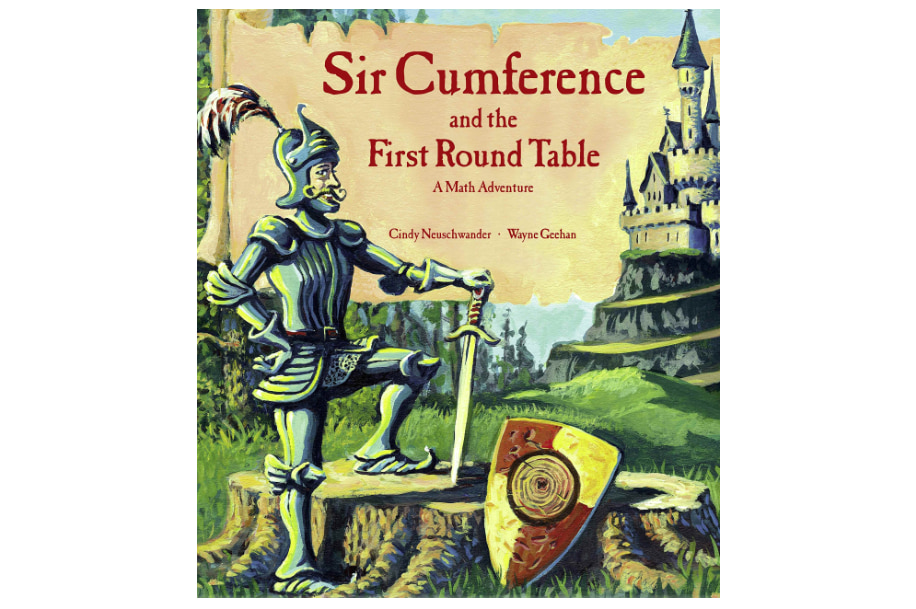
The Grapes of Math by Greg Tang
This one is perfect for introducing young students to basic division.
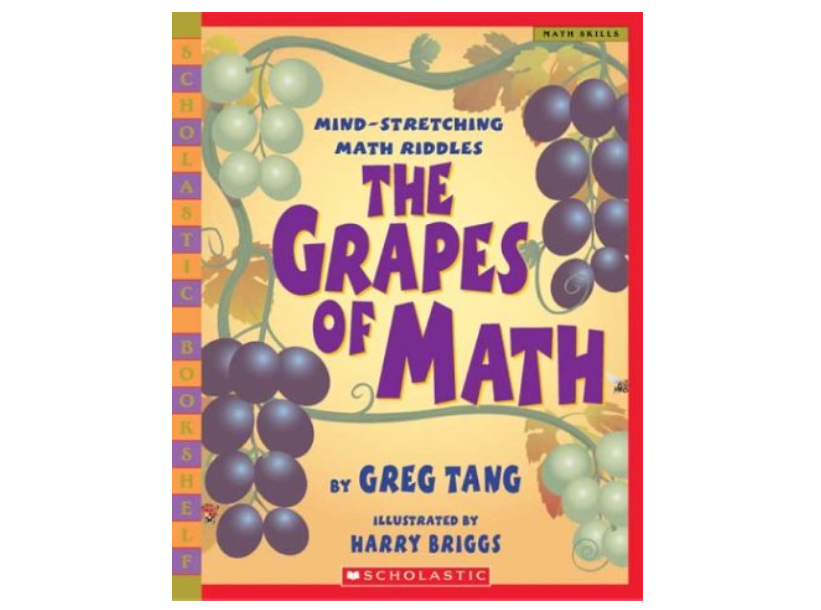
The Number Devil: A Mathematical Adventure by Hans Magnus Enzensberger
The Number Devil is a book for children and young adults who want to explore math from a different angle.

Tip 3. Let Students Be The Teacher
Letting students take the wheel is another way to make math fun and tension-free. A similar technique called “jigsaw” is often used in cooperative learning.
Here’s how it works: students are divided into groups and each member is responsible for learning a specific part of the material. Once they are done, they need to explain it to the rest of the group. This learning approach helps students stay organized and responsible, as the whole group’s success depends on each member’s contribution. What’s more, it allows students to learn from each other and develop their communication skills.
Tip 4. Games Galore!
Games can be a great way to make math fun for middle school students, especially visual and kinaesthetic learners. For instance, teachers can use board games to help students understand different concepts. One game that is often used in math classrooms is Snakes and Ladders. It’s a great way to introduce young students to basic concepts like numbers and counting.
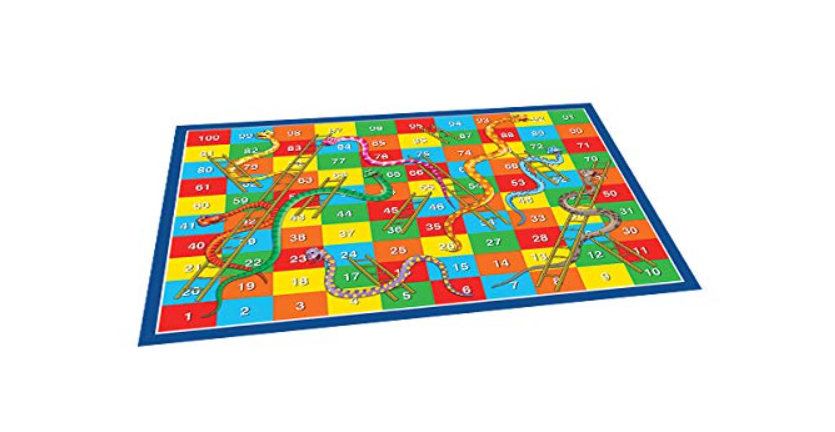
Other games include Yahtzee, a fun way to master addition and estimation skills, and Spinner Boards with numbers for simple math problems.
Tip 5. Have Icebreakers on Standby
This tip is more for teachers than students, but it’s worth mentioning. No matter how good the lesson is, there will always be students who are either not interested or struggle to focus.
To prevent this, teachers should have classroom icebreakers on standby. These are activities that help students relax and feel more comfortable in the classroom. As a result, students are more likely to participate in the lesson and stay motivated to solve math problems.
Some icebreaker ideas include:
- Collaborate with students to brainstorm different ways to solve a math problem.
- Play Mathematical Bingo.
- Let students share their favorite math tricks with the class.
So, there you have it! These are just a few tips on how to make math fun for students. Try different approaches to see what works best for your students. Most importantly, don’t give up! Making math attractive for everyone with the suitable methods is a process that takes time.
